If you have arrived here, it is because you are thinking of traveling to Peru. Thank you very much for wanting to visit my beloved country. I’m Peruvian and I love traveling at my own pace and on my own.
Therefore, I have made this guide to help all those who want to travel on their own to Peru, or as others say, travel by free. I hope you find it very useful and if you have questions, leave them in the comments.
Most travelers to Peru do not need a visa to enter Peru. You only need your current passport, with six months of validity.
But you need to process a visa if you are a citizen of any of the following countries:
If you are from China or India, you are exempted from visa provided you have a minimum valid visa of 6 months or residence of the USA, Canada, United Kingdom, Australia or any country of the Schengen area.
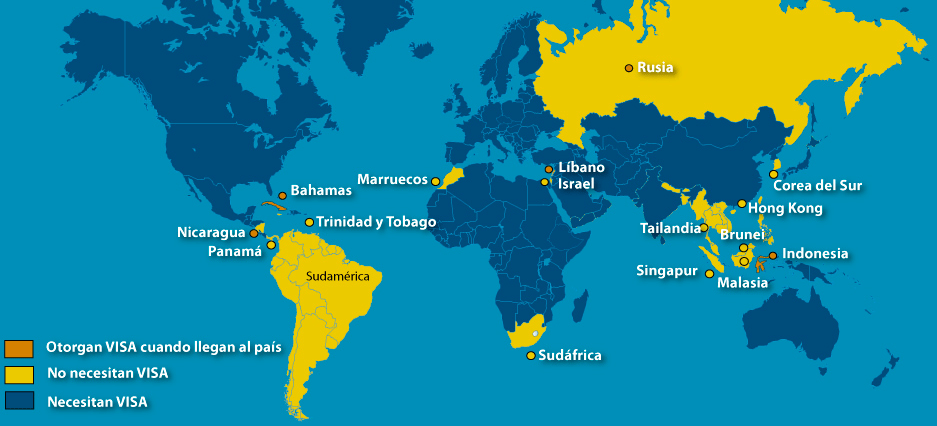
All the information I have collected from the official website of External Relations. For more details, check the Visa Requirements for Foreigners
You only need a DNI or national identity document if you are from:
Colombia, Ecuador, Brazil, Uruguay, Paraguay, Argentina, Venezuela, Chile or Bolivia. You do not need a passport, just like Peruvians can also enter these countries only with DNI. I have traveled almost all of South America without a passport. I love when there are these provisions, less paperwork.
The maximum time you can stay in Peru is 183 days in a year, you can not extend more time. Normally when you enter the country, they give you a 90-day permit and you can request an extension before the deadline, online.
There is no mandatory vaccine to enter Peru. But if you plan to travel to the jungle, the health ministry recommends the yellow fever vaccine. You must put it 10 days before the trip to the jungle.
In Peru the vaccine is free and in this link of the Ministry of Health you can find the vaccination centers free of charge.
If you travel to Peru with your cat or dog you only need to bring your Certificate of Health, Vaccination and deworming issued by the Official Authority of your country.
When you arrive in Peru, your pet will be evaluated by the SENASA staff. If everything is ok, you will have to pay the inspection fees and documents (99 soles).
You can see all the detail of documents and procedures in SENASA.
Peru is a fairly open country, monetarily speaking. Our official currency is the sun, but we also use the American dollars
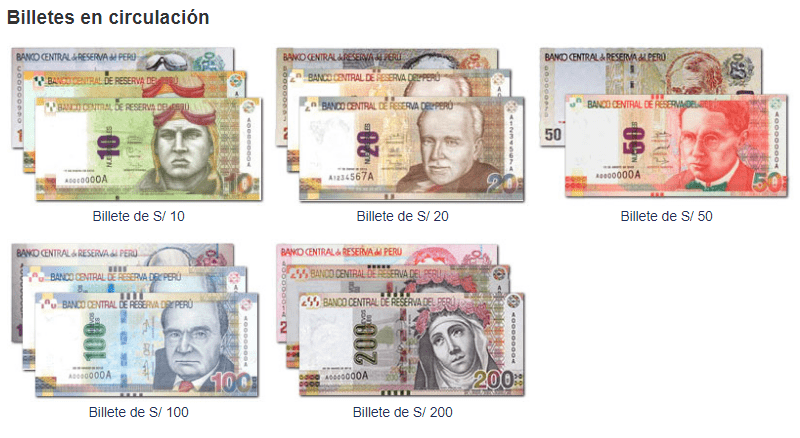
Banks allow savings accounts in dollars and soles, and lend in any of them. At ATMs you can choose to withdraw soles or dollars. You can also pay with dollars (preferably not 100 bills) in supermarkets, hotels, restaurants, etc. Although, the exchange rate in those establishments is not the best.
Dollars and euros are the easiest currencies to change to soles. You can also bring Chilean, Colombian, Mexican, Argentine and real pesos, but you can only exchange them in exchange houses.
Personally I always prefer to travel to another country with cash, but for security better combine cash and debit card, or if you want (although I do not like to use) a credit.
In Peru, the most accepted cards are Visa and Mastercard, followed by Diners and then by American Express.
Keep in mind that Peruvian banks will charge you a commission, when withdrawing money from ATMs. There are also withdrawal limits day and night, depending on each bank. Approximately the maximum amount to withdraw during the day is 3000 soles and 800 $, and at night it decreases considerably (less than half).
How safe is Peru? Well, like many Latin American countries, we have several problems of citizen insecurity to solve. However, that does not mean you can not travel on your own.
Here are some tips for traveling on your own in a more secure way:
The climate in Peru varies by region.
To see the weather forecast, you can also enter the SENAHMI and find the city you are going to visit.
Important: In several cities in Peru we have «extremely high» UV radiation, especially in Arequipa. In this link you can see the forecast and protect yourself with hat and sunscreen.
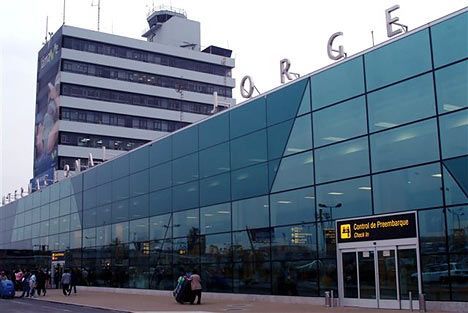 In Peru we have three international airports:
In Peru we have three international airports:
In conclusion if you plan to buy a flight, you will have to search from your city to Lima. Only if you live in Santiago, you can fly direct to Cusco.

If you are traveling South America and you like to travel by land, like me, then this information will be useful:
If you come from Ecuador, you can enter by:
If you come from Colombia, you can enter by:
If you are coming from Brazil, you can enter by:
If you come by Bolivia you can enter by:
If you come from Chile you can enter by:
As soon as you leave the Jorge Chávez airport you will see several taxi stands. They are safe but they are also the most expensive. You will continue walking and when you leave the parking lot, several people will come to offer you a taxi. They are a little cheaper, but they are not necessarily from a company.
If you stay in Miraflores, a safe and economical option is QuickLlama, a van that transfers from the airport to lodgings in Miraflores and vice versa.
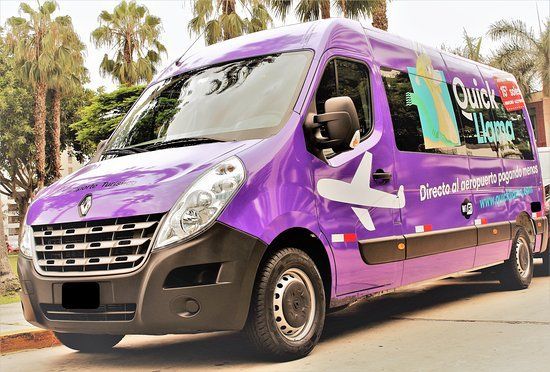
If you are staying in another area, you can hire a pick-up from the airport to your hotel. Also ask for the applications of Uber or Beat, but you will need internet, and the airport does not give wifi.
And if I go by public transport? Mmm .. I honestly do not recommend it, much less if you arrive at night. Unfortunately, public transportation in Lima is chaotic.
To take the «combis» (so we say to the minivans), you have to leave the airport completely and walk to the bus stop. If you do not know what combi to take, you should ask the people that combi would take you to the area where your lodging is. Most likely you need to take more than one combi.
I only came back in the combi from the airport when I had a small backpack and day. If you do not know the routes of public transport is complicated.
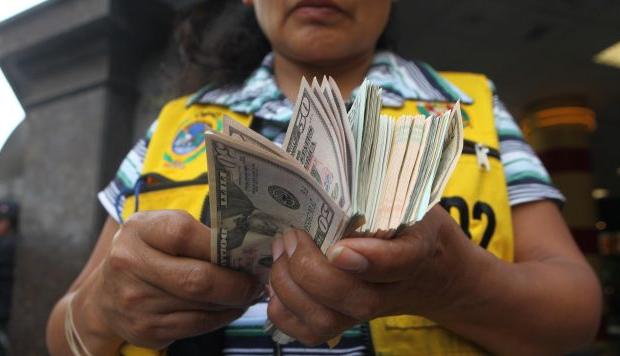 The airport is the worst place to change. But, if you need to pay the taxi, you can change 20 or 30 dollars or euros. It should be enough (depending on where you’re going in Lima).
The airport is the worst place to change. But, if you need to pay the taxi, you can change 20 or 30 dollars or euros. It should be enough (depending on where you’re going in Lima).
The best exchange rate you will get in the exchange houses, which are in all Lima. In Miraflores, the district where most tourists stay, abound. Banks are the worst places to change because their rate is lower. In Wester Union I have not found a good change either.
I do not recommend to the street money changers, unless it is a small amount, because it is not very safe. You also have to count your money on the street, in view of everyone.
Check the bills they give you, they should not be broken.
My dear Lima has a chaotic public transport, but you can use it perfectly to move around the city:
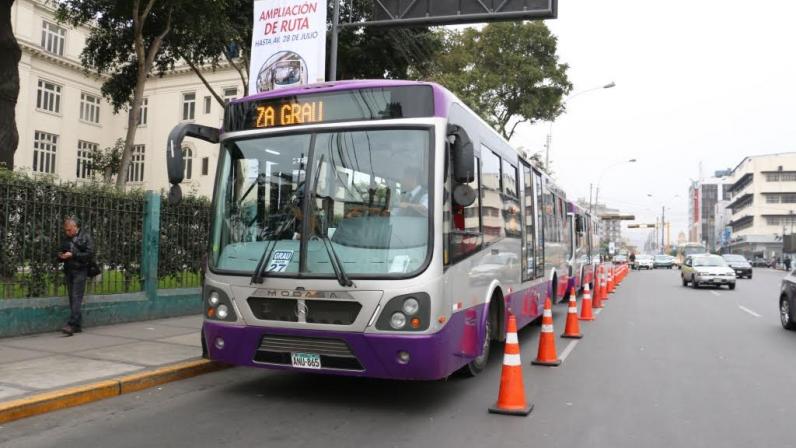
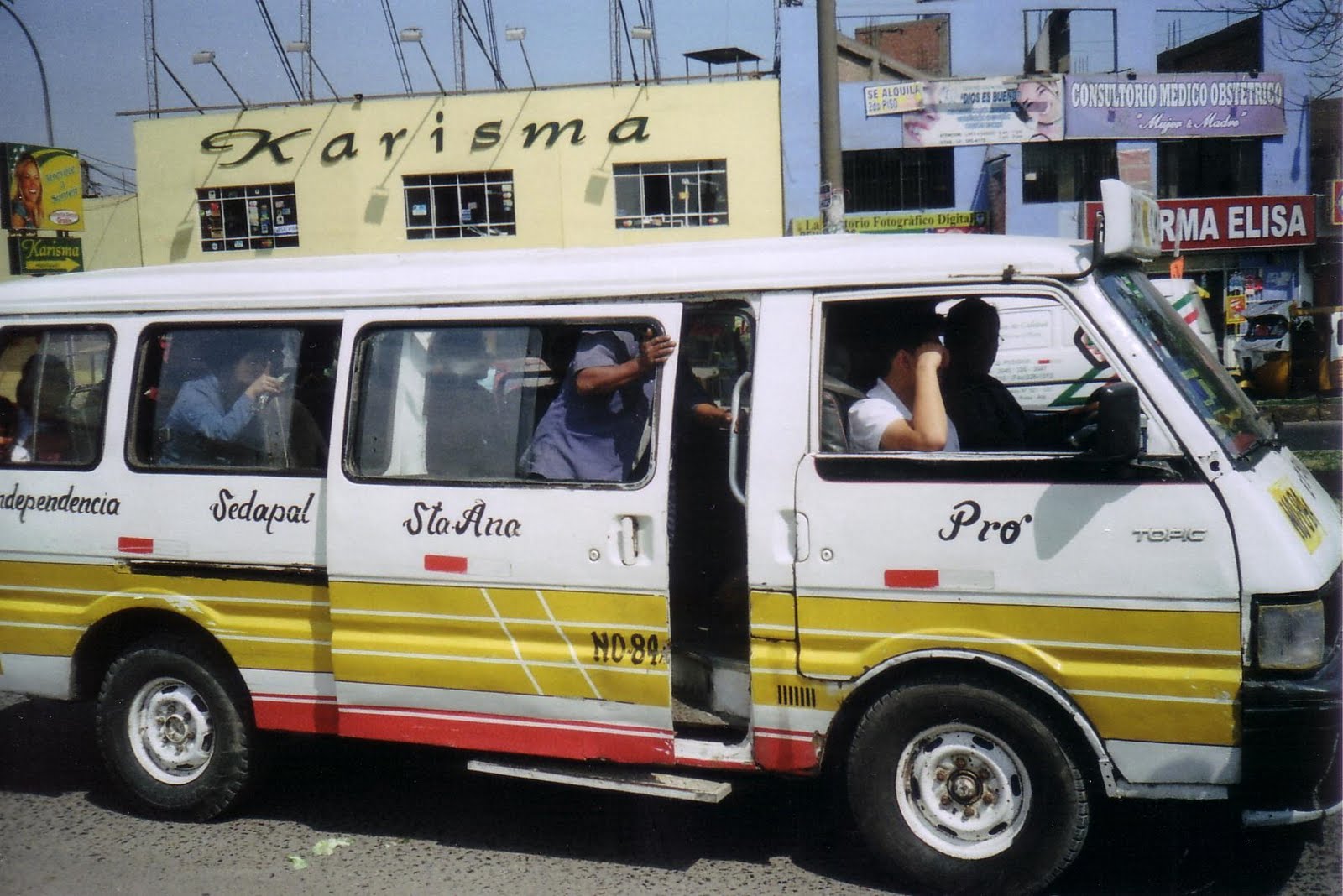
All regions of Peru are connected to Lima with commercial direct flights, except Huancavelica. However, there are few flights between cities other than Lima, except Cusco – Puerto Maldonado, Cusco – Arequipa and Cusco – Trujillo.
LATAM and Avianca are airlines that unfortunately vary their rates depending on the place of residence. For those who are NOT resident in Peru, their prices are very expensive.
Peruvian, StarPerú, LCPerú, SkyAirlines (Low cost) and Viva Air (low cost) do not vary their rates according to the residence. Not important where you live, the price will be the same.
I am not the best person to recommend airlines because I am afraid of airplanes, and I avoid traveling in them. But, definitely, I recommend not traveling on Viva Air. My mother was robbed. His trip was delayed due to bad weather and when he boarded he was told that his luggage would have to go on another plane. His suitcase arrived several days later and when he opened it, they had taken out a case where happily he did not have very valuable things. We claim and nothing happened.
EYE: If you travel to the jungle or mountain range in the rainy season, do not plan activities as soon as your plane arrives at your destination, as it is common for flights to be delayed due to rain.
What I love the most! travel by bus, even 20 hours, in Peru. Happily there are many types of service and companies to choose from.
My recommendation is that you always travel in formal companies for safety. For me, the best ones are Cruz del Sur, Oltursa and Movil Tours. In all three you can buy online. If you are looking for a little bit of anticipation, you can find very cheap prices in semicama services.
Most Peruvian cities do not have land terminals. Each company has its own terminal.
You can also buy bus tickets online at redbus.pe
In Peru you can bargain when you buy crafts at fairs, in markets. Also when you hire a taxi on the street.
When you ask for a rebate, you can tell him how much he gives it to me? or raise the price, which can be 10% or 20% less. It’s not like in other countries that you haggle at half the price.
In my trips I have also negotiated prices with accommodations, when I am going to stay several nights (5 or more). In case of the tours, I have also asked for a discount, especially if we are 3 or more traveling.
Cusco and Machu Picchu are the star, what all travelers want to know. Here I share the video of Misias but Viajeras on Machu Picchu
About Cusco, you can also see all my posts in the Cusco section.
About Arequipa, again the girls from Misias but Viajeras. They really are super good advice and videos very enjoyable.
About Puno, again the girls from Misias but Viajeras, are their fans.
I leave my post: Travel to Tambopata what tour / lodge to choose?
For Paracas, I share my post about Tourism in Paracas, what to visit, how to get there.
For Ica, I again turn to the girls from Misias but Viajeras so they can plan their visit
My favorite place in Peru, without a doubt, I have not seen any other place as beautiful as the lagoons that form Huancaya. Here I leave my post: 4 short walks in Huancaya.
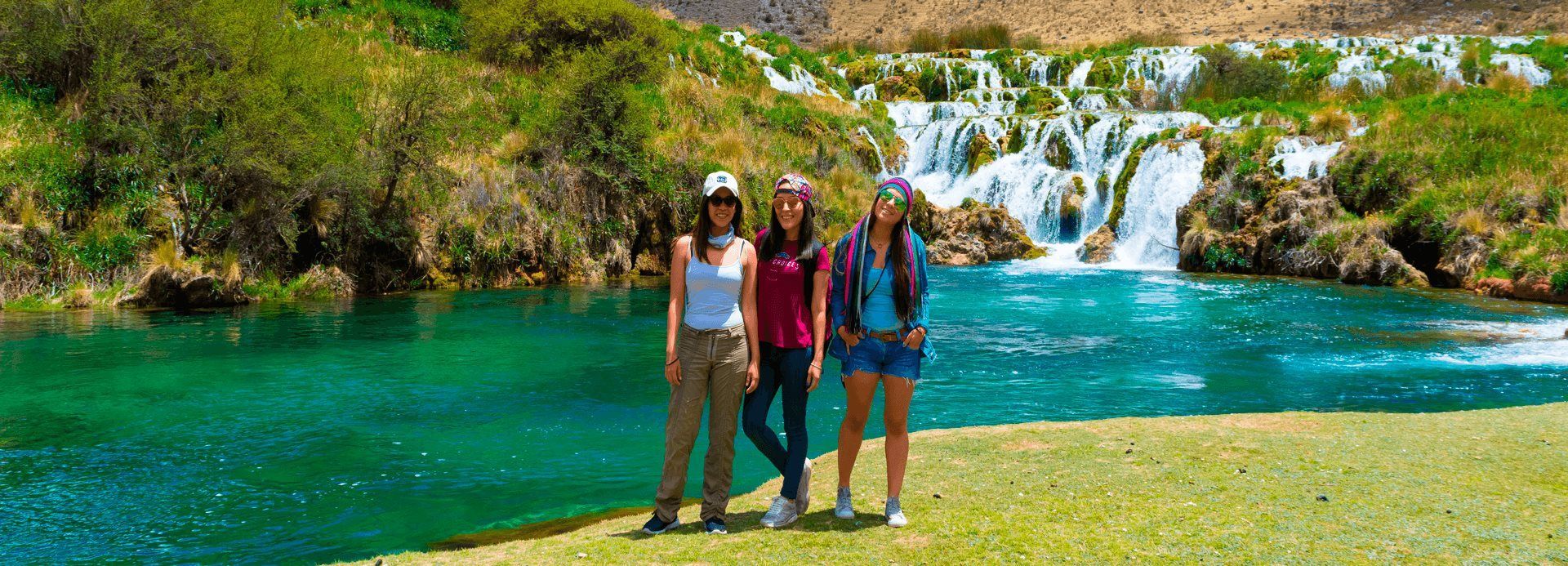
I loved Pacaya totally. Pacaya Samiria is a national reserve located in the northern jungle, in the Loreto region.
I traveled with a local guide, and I loved learning from people living in the jungle, how they teach you to see animals, especially pink dolphins, their stories, and listen to the sounds of the Amazon. You can see the post: Pacaya Samiria: A trip along the river with pink dolphins.
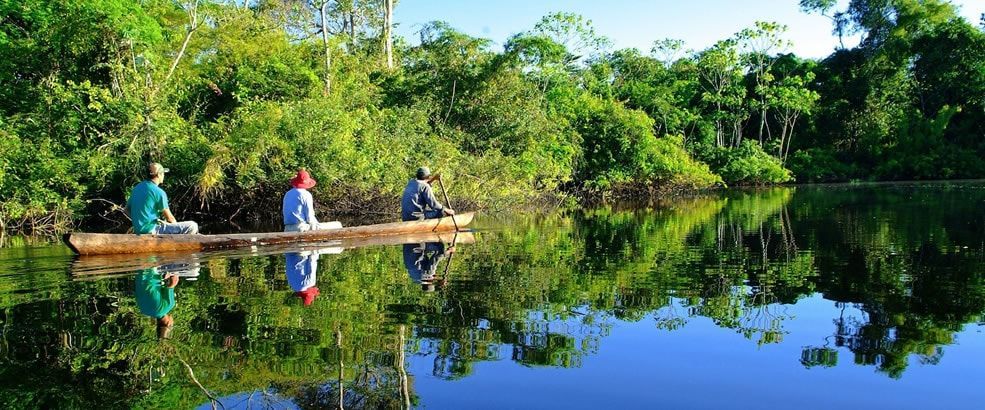
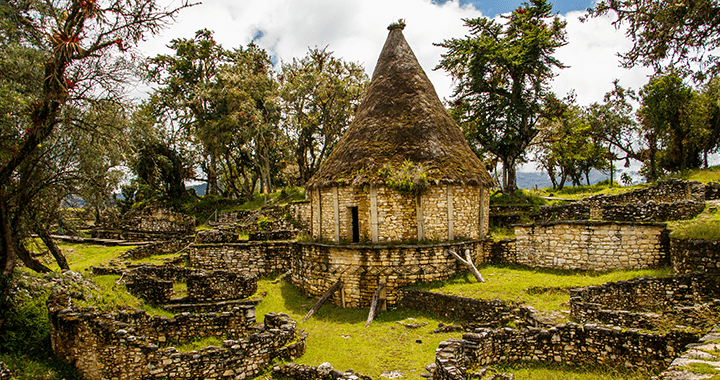 Chachapoyas is the capital of the Amazon region, northeast of Peru. I think Amazon is a jewel. Here are the highest waterfalls in Peru (among the top in the world), archaeological sites of the Chachapoyas culture on the peaks and rocky slopes, trekking routes, green hills and very temperate climate.
Chachapoyas is the capital of the Amazon region, northeast of Peru. I think Amazon is a jewel. Here are the highest waterfalls in Peru (among the top in the world), archaeological sites of the Chachapoyas culture on the peaks and rocky slopes, trekking routes, green hills and very temperate climate.
Kuelap is a walled city at the top of the mountain. You can see how to get there and the tips in Visiting Kuelap: in combi, more hiking and cable car
Leymebamba is a town where you can see the mummies of the Chachapoyas and make several trekking routes. Check my post A day in Leymebamba, to see the mummies of the Laguna de los Cóndores.
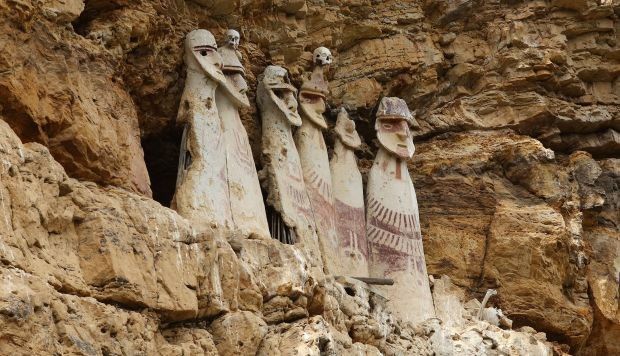
If you like mountain trekking, then you will like Huayhuash. I was fascinated by its snow-capped mountains, turquoise lagoons and quenual forests. Many trekkers walk around here but I did not feel it was a saturated place.
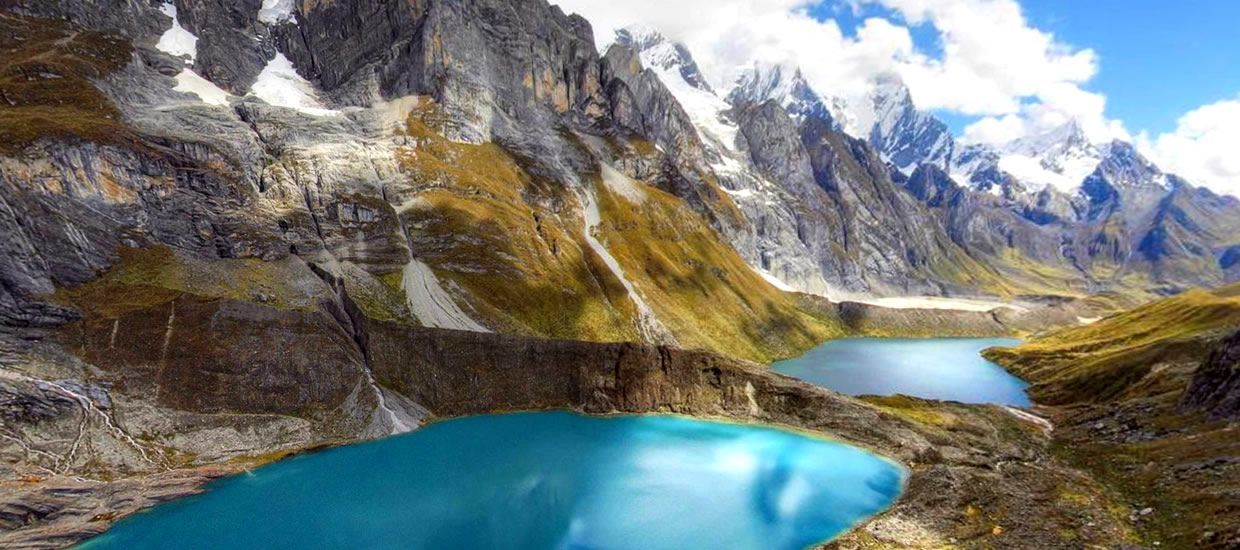
Our blog will teach you all about the fantastico of Peru.
Learn more with our blogs that are written by Peru travel fanatics.
